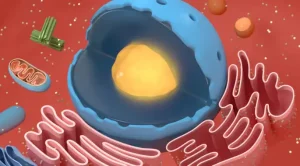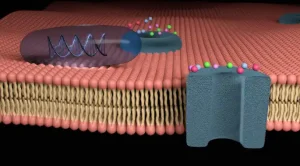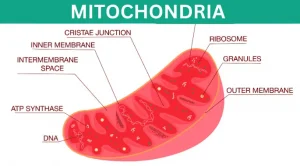Layers of Hair Shaft – A Detailed Analysis
In the realm of understanding hair anatomy, the hair shaft holds pivotal significance. Comprising three distinct layers – the medulla, cortex, and cuticle – the hair shaft dictates the strength, texture, and appearance of our locks. This article explores the … Read more






